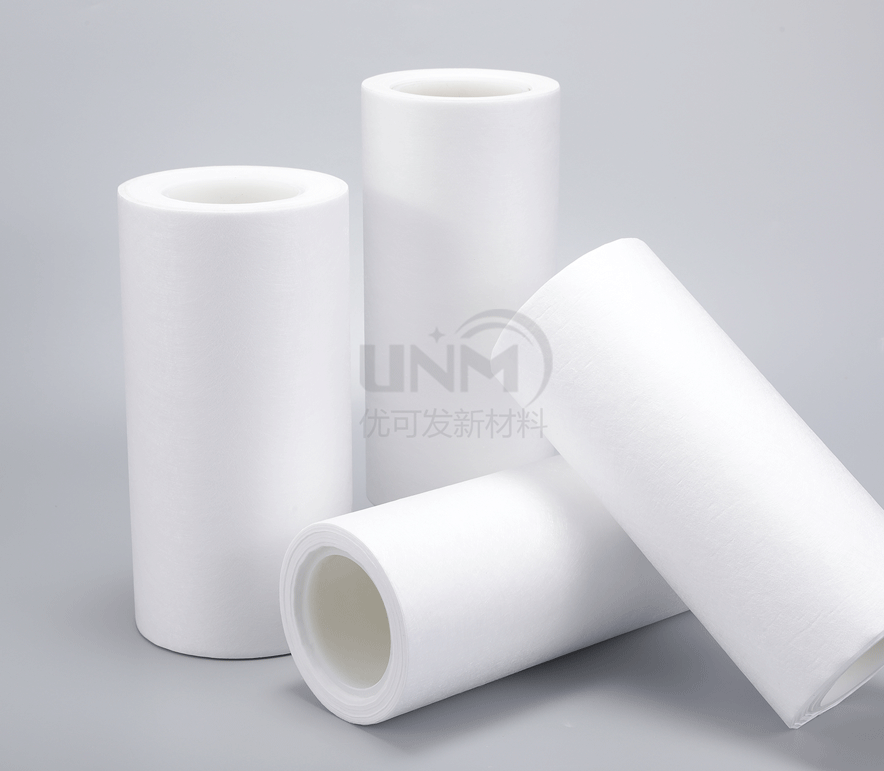As an important issue facing world development, the treatment of agricultural waste has always attracted much attention. If waste is not properly processed, it will not only cause serious pollution to the environment, but also cause a great waste of reusable resources. Therefore, scientists are committed to finding a good treatment method, so Nano Compost Membrane came into being.

Nano compost film is a fertilizer coating material made using nanotechnology, which can fix organic molecules in waste inside and release nutrients for plants to absorb. The fine size and special structure of this membrane give it a good mesh structure and high permeability. Moreover, it can intelligently regulate the release rate of nutrients according to the characteristics of the soil and the needs of plants, converting waste into valuable organic fertilizers.
So, what are the application prospects of Nano Compost Membrane? For agricultural production, it can improve soil fertility and water and fertilizer retention capabilities, and promote crop growth. Compared with traditional fertilizers, it is more accurate in releasing nutrients and avoids the problems of waste and excessive use. This not only reduces the cost of farming, but also protects the soil from over-cultivation and chemical fertilizers, contributing to environmental protection.
Secondly, the application of Nano compost membrane can also solve the problem of urban solid waste treatment. As urbanization accelerates, waste generation continues to increase. Using membranes to treat waste can not only reduce the pressure of waste accumulation, but also convert it into reusable resources and promote the development of a circular economy.
In addition, Nano compost membrane also has many other application prospects. For example, in the fields of horticulture and flower cultivation, it can be used to control water loss and improve the drought resistance of plants. In desertified areas, the use of thin films can rationally utilize limited water resources and provide strong support for local vegetation restoration. These application prospects undoubtedly provide a feasible path for us to effectively solve environmental and resource problems. Interested parties are welcome to enter the store and contact us.
</p






